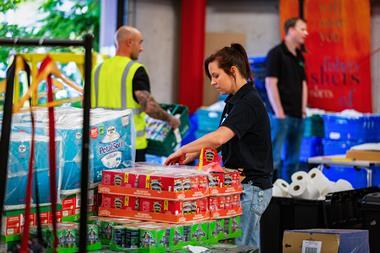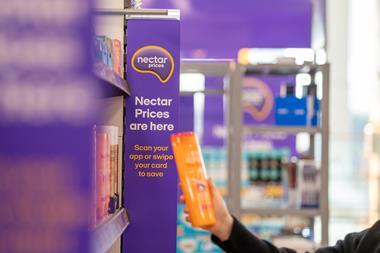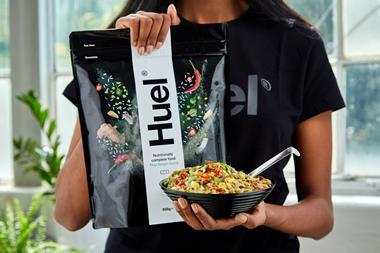At least PHE hasn’t blamed the latest spectacular flop in its obesity strategy on an out-of-date Excel file format – which was its sorry excuse for losing track of 16,000 Covid-19 test results.
But its report this week – which confirmed the food and drink industry stands no chance of meeting the target of a 20% reduction in sugar by the end of this year – must be the final straw. Not just for PHE, which was already set to be axed by ministers in the spring, but for the voluntary reformulation programme, which was supposed to be its flagship contribution to the government’s Childhood Obesity Strategy.
As flagships go, this is looking more and more like the Titanic, while PHE’s attempt to suggest all is going swimmingly looks increasingly like a case of rearranging the deckchairs while the whole thing sinks.
PHE set out in 2016 with a mission to help reduce childhood obesity levels by introducing a voluntary target for the food industry to remove 20% of sugar by 2020.
Yet the latest report shows there has actually been a 2.6% increase in tonnes of sugar sold from the product categories included in the programme between the baseline and 2019.
That’s partly down to higher sales of sugary foods like sweets and chocolate, which saw tonnes of sugar sold increase by a staggering 16.3% and 7.2% respectively.
But even when based on a sales weighted average across all food categories, sugar reduction stood at just 3% at the end of 2019 – with just 12 months to go.
Sugar reduction report reveals ‘little or no progress’ by food and drink suppliers
Considering the final year of the programme will cover Covid-19, when lockdowns have further pushed up sales of some sugary snacks, the chances of reformulation having picked up enough pace to save PHE’s blushes are a big fat zero.
Obviously, the failure to hit targets does not just reflect badly on the PHE, but the industry too. It now faces the threat of the soft drinks tax being extended to more categories.
But surely the blame for this mess lies squarely at the feet of the body that blindly set more and more targets, even when it was obvious the programme itself needed a major overhaul.
Just last month, PHE launched new targets for a clampdown on calories across tens of thousands of supermarket SKUs. Admittedly, they were watered down after PHE admitted its original targets were “unrealistic”, but they are still never going to happen.
Likewise, new targets on salt – also published last month – felt more like a last hurrah than a realistic programme.
With PHE soon to be RIP, huge questions remain about who will take on its public health role and what this will mean for the obesity strategy.
Campaign groups, more than ever, are crying out for regulation, citing the latest failure as evidence that a voluntary approach simply doesn’t work.
But whoever ends up in charge – whether that is the FSA as some predict, or a beefed-up Department of Health – the government has to make a choice.
Either it should decide on areas of legislation where it can create a level playing field on obesity reduction measures for the industry, or it needs to take the voluntary reformulation programme and relaunch it, this time with a much more focused and achievable set of targets.
As it stands, the industry is drowning in targets for sugar, salt and calories, which masks the achievements of sectors that have been stepping up to the plate – and shames those who have been struggling, often for sound technical and economic reasons.
For the sake of retailers, manufacturers and consumers, it’s time to change course.
















No comments yet